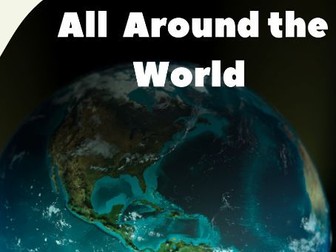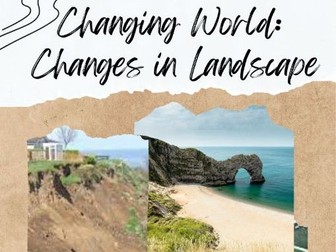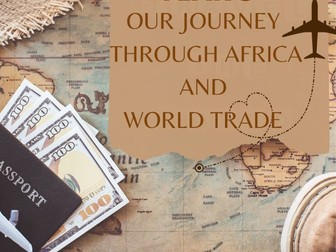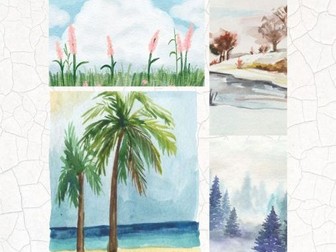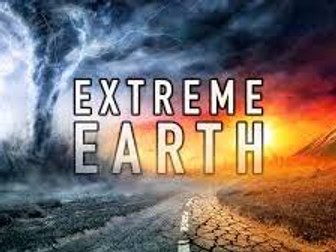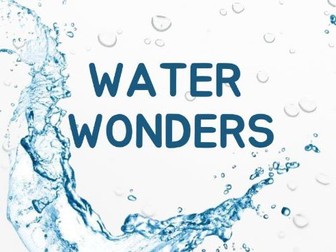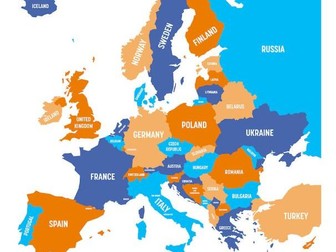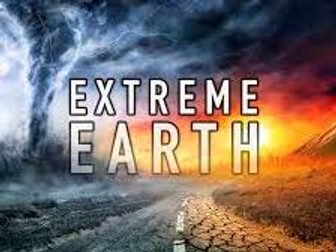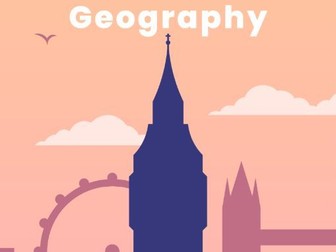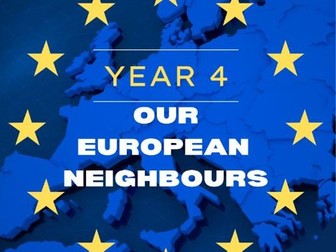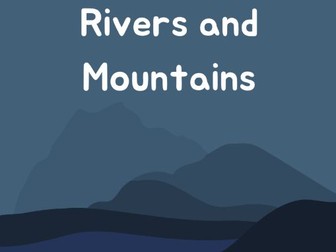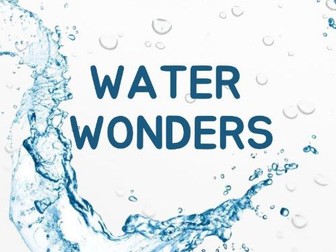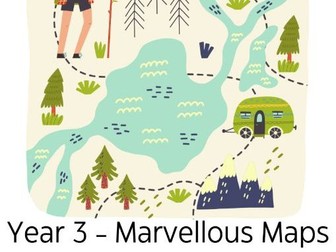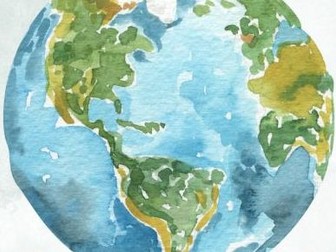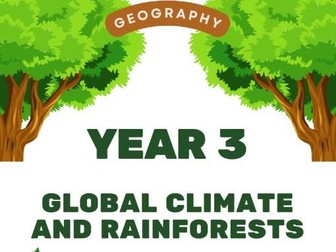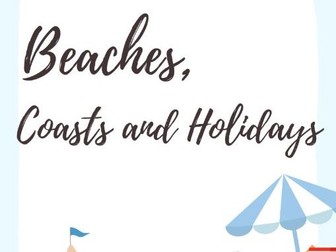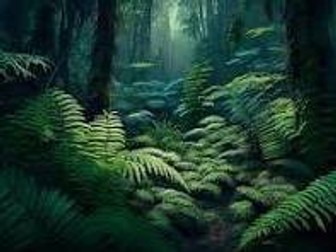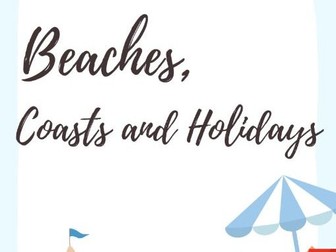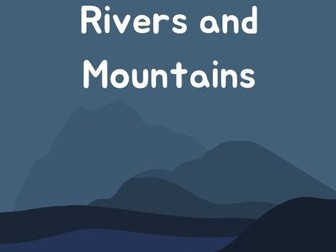KS2 - Let Me Take You To Rio (7 Lessons)
<p>In this unit children will be learning about the beautiful country of Brazil and the vibrant city of Rio de Janeiro. They will begin by locating South America and Brazil on a map, and then delve into the diverse and unique culture of Brazil. The children will study the human and physical features of Brazil, including the differences between urban and rural areas. A particular focus will be on the lives of people living in Rio de Janeiro and how urbanisation is impacting the city. Children will compare the geography of Brazil to that of the UK, allowing them to gain a deeper understanding of the similarities and differences between these two fascinating places.</p>
<p>Lesson 1 - To locate South America and Brazil on a world map.<br />
Lesson 2 - To introduce pupils to the diverse and unique culture of Brazil.<br />
Lesson 3 - To study the human and physical features of Brazil.<br />
Lesson 4 - To describe the differences between rural and urban areas in Brazil, focusing on Rio de Janeiro as a case study.<br />
Lesson 5 -To investigate urbanisation in Rio de Janeiro and its impact on people’s lives.<br />
Lesson 6 - To investigate recent changes happening in Rio de Janeiro and their impact on people’s lives.<br />
Lesson 7 - To make a comparison between living in and Rio de Janeiro with a focus on diversity and difference.</p>

